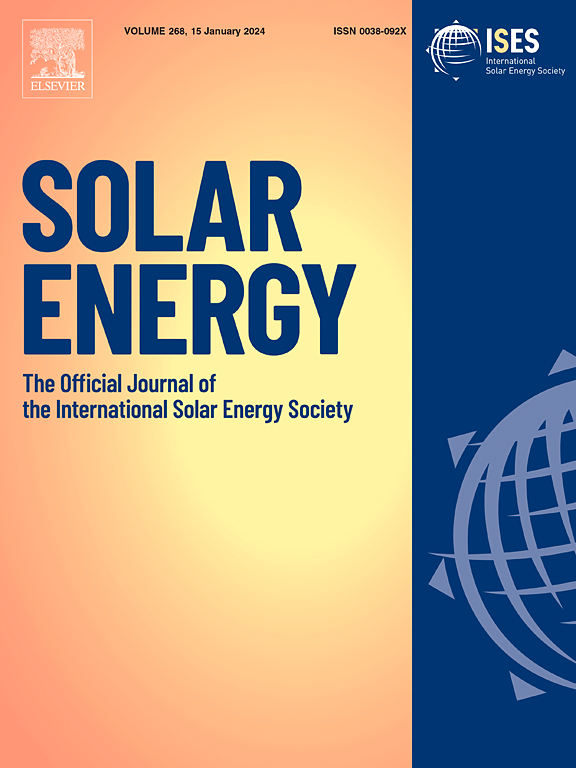An efficient bilayer graphene-conducting polymer counter electrode for dye sensitized solar cells
IF 6
2区 工程技术
Q2 ENERGY & FUELS
引用次数: 0
Abstract
A counter electrode was fabricated for dye sensitized solar cells (DSSCs) by the layer-by-layer approach that included reduced graphene oxide (rGO) and poly (3,4-ethylene dioxythiophene)-poly(styrene sulfonate) (PEDOT:PSS). This design aimed to substitute the conventionally used high-cost, scarce, and complex method to produce platinum (Pt) counter electrode. This bilayer structure was developed by simple doctor blade and spin coating methods. The electrochemical performance of rGO/PEDOT:PSS counter electrode characterised by cyclic voltammetry (CV), electrochemical impedance spectroscopy (EIS), and Tafel polarisation studies showed significant results in electrochemical stability and catalytic activity comparable to Pt counter electrode. Photovoltaic analysis of the DSSC assembled with rGO/PEDOT:PSS counter electrode revealed a Voc, Jsc, and FF of 0.66 V, 25.3 mA/cm2, and 56.9%, respectively. An overall efficiency of 9.5% was obtained with the rGO/PEDOT:PSS counter electrode, which was slightly less than that of Pt counter electrode (9.8%). The results demonstrated that this counter electrode can achieve comparable performance to Pt, which makes it a suitable alternative for easily manufacturable, cost-effective and high-performance DSSCs.
用于染料敏化太阳能电池的高效双层石墨烯导电聚合物对电极
本文章由计算机程序翻译,如有差异,请以英文原文为准。
求助全文
约1分钟内获得全文
求助全文
来源期刊

Solar Energy
工程技术-能源与燃料
CiteScore
13.90
自引率
9.00%
发文量
0
审稿时长
47 days
期刊介绍:
Solar Energy welcomes manuscripts presenting information not previously published in journals on any aspect of solar energy research, development, application, measurement or policy. The term "solar energy" in this context includes the indirect uses such as wind energy and biomass
 求助内容:
求助内容: 应助结果提醒方式:
应助结果提醒方式:


